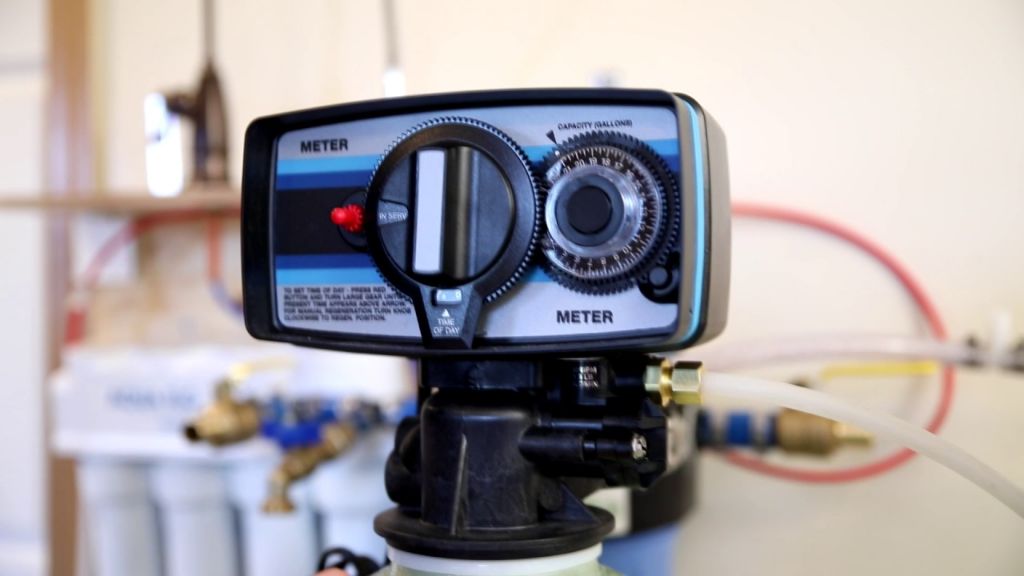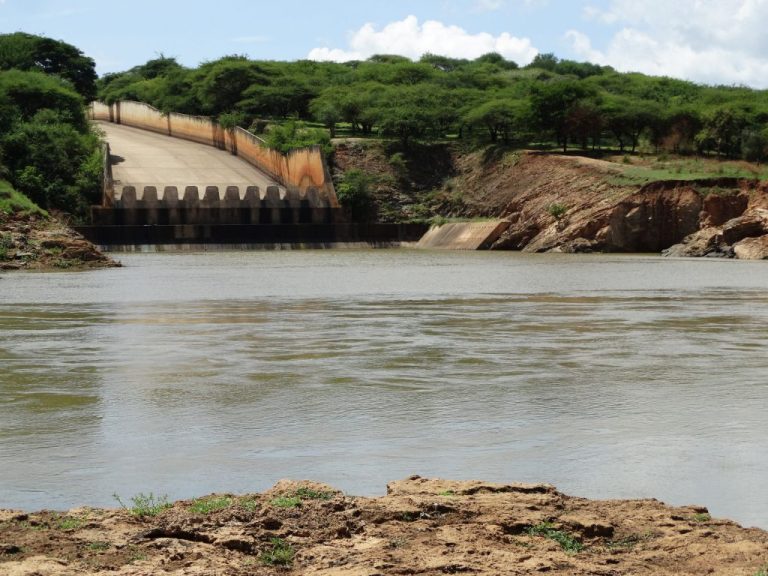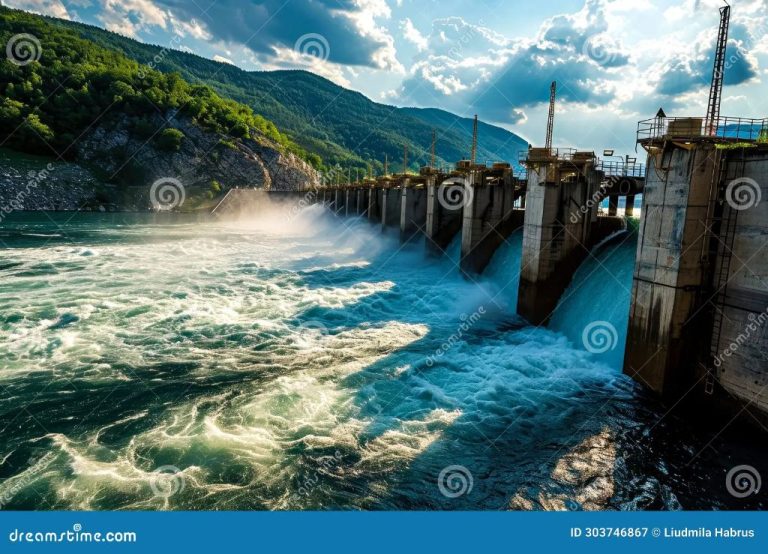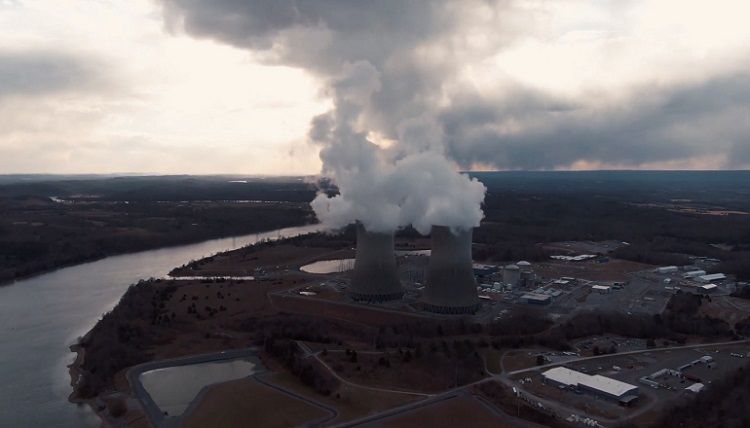How Is Power Water Made?
What is Power Water?
Power Water is a type of electrolyte water produced by brands like Gatorade’s Powerade. It contains added electrolytes like sodium, potassium, calcium and magnesium to provide hydration and replace minerals lost through sweat during exercise.
It is called “Power Water” because the electrolytes give you the power and energy you need to stay hydrated and perform at your best during physical activity. The electrolytes help the water absorb faster into your bloodstream. This improves hydration more effectively than regular water.
Some purported benefits of Power Water include:
- Replenishing fluids and electrolytes lost during exercise
- Improving athletic performance and endurance
- Preventing muscle cramps and fatigue
- Promoting post-workout recovery
History of Power Water
The origins of power water date back thousands of years ago. The first known uses of hydropower were in ancient Greece, China, and Rome where water wheels were used for grinding grain and powering machinery. The first industrial uses of hydropower emerged in the late 19th century in the United States and Europe. According to Hydropower on Wikipedia History of Hydropower, one of the first hydropower plants was built at Niagara Falls in 1879. In the early 20th century, large hydropower projects were constructed including the Hoover Dam which was completed in 1936.
Some key innovations that allowed for growth and advancement of hydropower generation included the development of hydraulic turbine technologies starting in the 1840s. Francis, Kaplan, and Pelton wheel turbines enabled more efficient energy conversion from moving water. The technology continued to be improved upon in the early 20th century. Additionally, the availability of affordable insulated electrical cables and electrical generators enabled the transmission of electricity from hydropower sites to areas of demand.
Over time, companies began developing larger and more efficient hydroelectric projects around the world. Major companies involved in hydropower development have included General Electric, Voith Hydro, Alstom Hydro, Siemens, Andritz Hydro, and Toshiba Hydro Power. Today, hydropower accounts for over 16% of global electricity generation and is considered a mature renewable energy technology.
Ingredients in Power Water
Power Water contains several common ingredients found in sports drinks such as electrolytes, vitamins, and minerals:
Electrolytes – Power Water is formulated with electrolytes including sodium and potassium to help hydrate and replenish what is lost through sweat (SOURCE). The primary electrolytes in Power Water are:
- Sodium – 150 mg per 20 oz bottle
- Potassium – 60 mg per 20 oz bottle
Vitamins – Power Water is fortified with B vitamins including (SOURCE):
- Vitamin B3 (niacinamide)
- Vitamin B6 (pyridoxine hydrochloride)
- Vitamin B12 (cyanocobalamin)
Power Water does not contain any artificial sweeteners, colors, or flavors. The zero sugar formulation uses sucralose and acesulfame potassium for sweetness (SOURCE).
The Production Process
The production of power water involves several key steps to create the final bottled product. First, the main ingredient – water – is obtained from municipal sources or natural springs and goes through an initial filtering process to remove impurities (USGS). The water is then sent to mixing tanks where the other ingredients like electrolytes, vitamins, minerals, and flavors are added in precise amounts. The water goes through additional filtration like reverse osmosis and UV light treatment to further purify it before bottling.
The bottling process starts by sterilizing empty bottles through heat or chemical sanitization. The bottles are then filled with the prepared water solution and sealed. Information like ingredients, nutrition facts, expiration date, and batch number are printed on the label before it is attached to the bottle. The finished bottles go through a final inspection, packaging, and palletizing before being shipped out for distribution.

Throughout the production process, samples are taken at multiple points and tested for quality control. Parameters like pH, mineral content, microbial contamination, and taste are analyzed in on-site labs. This ensures each batch meets the highest standards before leaving the production facility.
Quality Control and Testing
Manufacturing power water involves adhering to strict safety standards and regulations. Power Water companies must follow guidelines outlined by government agencies like the EPA to ensure product safety and quality.
All power water goes through rigorous testing and quality control checks before being distributed to the public. Samples are tested for dangerous contaminants and must meet limits for substances like arsenic, lead, and bacteria (EPA). Manufacturing facilities adhere to Good Manufacturing Practices (GMP), following sanitary protocols and process controls.
Final products are also tested by running samples through analytical tests to verify purity, mineral content, and electrolyte balance. This ensures each batch meets quality benchmarks for safety and product claims (Power Water). Companies routinely inspect equipment, monitor control points, document procedures, and implement corrective actions to uphold stringent quality control.
Packaging and Distribution
Power water is packaged in plastic polyethylene terephthalate (PET) bottles ranging from 8 oz to 1 liter in size. The bottle shape and design often reflects the branding and marketing of each power water product. Labels contain the product name, ingredients, nutritional information, and company details. They use vibrant colors and bold fonts to stand out on store shelves.
After the water is bottled, most power water products are distributed directly to grocery stores, convenience stores, gyms, and other retailers. Large bottlers have their own fleets of trucks to distribute products regionally or nationally. Smaller brands may use third party logistics providers. According to Packtech Engineers, automated packing machines can bottle and pack up to 40 bottles per minute.
Power water brands focus heavily on securing prime shelf space in stores, both at eye level and in the refrigerated sections. As reported by Packaging Strategies, companies like Powerful Water Co use innovative bottle sleeve designs to make their product stand out on crowded shelves.
Major Power Water Brands
Some of the leading brands and manufacturers in the power water industry include:
Grundfos – Founded in 1945 and based in Denmark, Grundfos is one of the world’s leading pump manufacturers. They are known for their energy-efficient and innovative water pumps used in residential, commercial, municipal and industrial applications. Grundfos pioneered the canned rotor motor pump in the 1960s which revolutionized pump technology.
Xylem – Headquartered in the United States, Xylem is a large water technology company involved in the design, manufacture and application of highly engineered technologies like pumps, treatment equipment and analytics. Key brands under Xylem include Goulds, Flygt, Jabsco, Godwin, Lowara and Visenti.
Wilo – Established in 1872 and headquartered in Germany, Wilo is a global premium manufacturer of pumps and pump systems for building services, water management and the industrial sector. Their product portfolio covers everything from heating and cooling to water supply and sewage disposal.
KSB – Founded in Germany in 1871, KSB is a leading supplier of pumps, valves and related systems. They offer customer solutions for a variety of industries like waste water, water transport, mining, power plant technology, construction and chemical process engineering. KSB pumps are used in applications ranging from industrial processes to water supply and sewage disposal.
Ebara – Based in Japan, Ebara is one of the world’s largest pump manufacturers with a product lineup that includes turbine pumps, submersible pumps and centrifugal pumps. Their pumps are used across industries like oil and gas, power generation, water and wastewater treatment, mining, agriculture and manufacturing.
Cost Breakdown
The cost of producing power water comes from several key areas of the supply chain:
Ingredients – The main ingredients in power water are water, electrolytes like sodium and potassium, vitamins, sweeteners, and flavorings. Electrolytes and vitamins can be more expensive than plain water, but are relatively inexpensive at bulk rates. According to industry sources, raw materials may account for 10-20% of total costs.
Production – The production process requires energy for the desalination and purification of water. This energy cost can vary based on the local electricity prices and type of purification method used. Studies show that energy can account for up to 50% of desalination costs [1]. Overall production costs may be 20-30% of the total.
Packaging – Bottles and packaging represent a significant cost for beverages like power water. Industry experts estimate the cost of PET plastic bottles and labels may be 15-25% of the product price.
Distribution – Transporting and distributing the packaged beverages to retailers and consumers requires fuel, transportation, and logistics expenses. Distribution can account for 10-15% of costs.
With all costs accounted for, major beverage companies may aim for gross profit margins around 25-35% for their branded power water products.
Future Outlook
The market for power water is expected to see strong growth in the coming years. According to a report by Bluefield Research, the global market for water used in power generation is forecast to grow at a compound annual growth rate of 5% from 2023 to 2030, reaching $25 billion by the end of the forecast period (https://www.bluefieldresearch.com/research/water-for-power-market-trends-and-forecasts-2023-2030/).
Driving this growth is the continued expansion of power generation globally, especially in developing countries. As more power plants come online, demand for power water will increase. Another factor is the shift towards renewable energy sources like solar and wind that require power water for cooling.
Advancements in water treatment technologies are also supporting market growth. Companies are developing more efficient systems that allow power plants to reuse and recycle water. New membrane-based filtration systems as well as advanced biological, chemical, and physical treatment methods help reduce freshwater intake and wastewater discharge.
The power water industry will continue innovating to provide solutions that promote water sustainability while meeting the operational needs of power plants. Overall, the outlook is positive with steady growth expected driven by electricity demand, technology improvements, and environmental regulations.
FAQs
Here are some common consumer questions about power water:
What is power water?
Power water is a type of sports drink marketed for athletes and active individuals. It contains electrolytes like sodium and potassium, as well as carbohydrates, vitamins, and other nutrients.
How is power water different from other sports drinks?
Power water contains more electrolytes and carbohydrates compared to traditional sports drinks. Some brands also add additional vitamins, protein, caffeine or other ingredients. Power water aims to provide maximum hydration and energy for high-intensity workouts and endurance activities.
When should I drink power water?
Power water is designed for consumption before, during and after exercise. It helps replenish fluids, electrolytes and energy when you are physically exerting yourself for extended periods of time. Power water can be part of training regimen for athletes or serious fitness enthusiasts.
Are there any side effects from drinking power water?
Power water is considered safe when consumed in moderation. Since it contains carbohydrates and electrolytes, drinking too much may cause gastrointestinal issues like diarrhea, bloating or cramping in some individuals. As with any supplement, you should consult a healthcare provider before regularly consuming power water.




